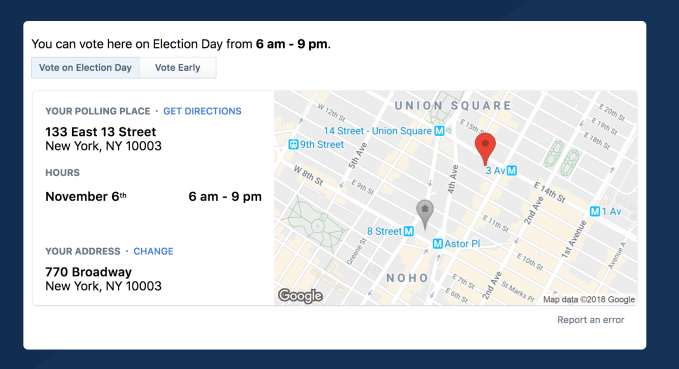The U.S. Federal Communications Commission is calling on the telecom industry to help put an end to scam robocalls. On Monday, FCC chairman Ajit Pai sent letters to the heads of voice providers, including AT&T, Charter, Comcast, Cox, Frontier, Google, Sprint, T-Mobile, Verizon* and others, urging them to adopt a call authentication system that would combat illegal caller ID spoofing and get that system up and running no later than next year.
The FCC stressed the system was critical to protecting Americans from scam robocalls.
Pai also said the FCC would take action if the companies were unable to comply.
“Combatting illegal robocalls is our top consumer priority at the FCC. That’s why we need call authentication to become a reality—it’s the best way to ensure that consumers can answer their phones with confidence. By this time next year, I expect that consumers will begin to see this on their phones,” said Chairman Pai, in a statement.
“Carriers need to continue working together to make this happen and I am calling on those falling behind to catch up. I also thank the many providers that are well on their way toward implementation. Greater participation will ensure the system works for consumers, who expect real progress in combatting malicious spoofing and scam robocalls. If it does not appear that this system is on track to get up and running next
year, then we will take action to make sure that it does,” he said.
The letters focused on those voice providers that had not yet established concrete plans to protect their customers using the “Signature-based Handling of Asserted Information Using toKENs (SHAKEN)” and the
“Secure Telephone Identity Revisited (STIR)” standards.
Under this framework, calls traveling through interconnected phone networks would be “signed” as legitimate by the originating carriers, then validated by other carriers before reaching consumers. This would give consumers the ability to verify the call is actually from the person supposedly making it, the FCC explained.
Today, spam robocalls are becoming such a scourge that people are suspicious now every time the phone rings and it’s not a call from someone in their contacts. Plus, scammers have been spoofing caller IDs to hide their numbers in order to make it seem like calls are local and to make it more difficult to track them down.
The FCC’s letters additionally asked providers questions about their implementation plans, and thanked those in the industry who had committed to implementing a call authentication framework in the near-term. It didn’t specify what sort of action it would take against those who don’t get on board, but the organization has been fining robocallers directly in recent months.
The FCC had begun its work on a call authentication framework in July 2017, when it sought public input. In May 2018, Pai accepted the recommendations of the North American Numbering Council for implementing the SHAKEN/STIR standards, it also noted.
* Disclosure: TechCrunch parent Verizon Media Group/Oath is owned by Verizon.
Source: Tech Crunch









